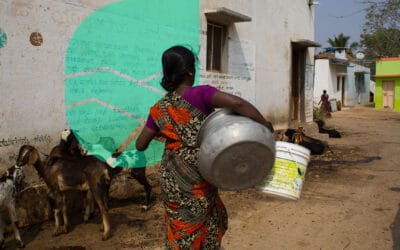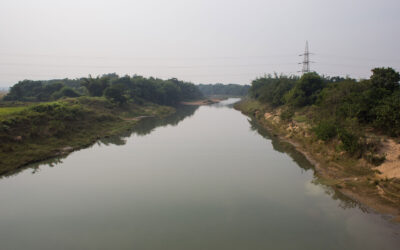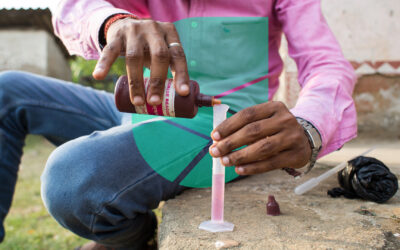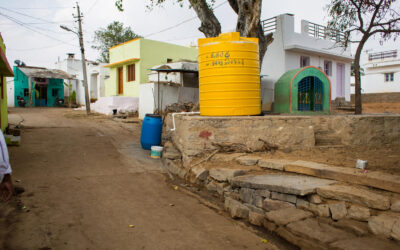At the end of one of our online learning sessions, a Water Quality Champion (hyperlinked) stayed over. He had a problem to share. One community that...
Blogs
Securing Safe water in Fluoride affected village of Jhabua, Madhya Pradesh
In the fluoride-affected village of Ghosaliya Bada, Jhabua, access to safe drinking water has been a challenge—until now. Thanks to the Jal Jeevan...
Women for Water-Safe Communities
INREM celebrates Women water champions for Water-Safe Communities!Leadership by women at community level institutions is something that INREM...
Groundwater quality in eastern Gangetic plains with IFPRI
This study offers a comprehensive analysis, covering various aspects of the water quality issue. It delves into the scale of the problem, its impact on public health, treatment and supply options, links to irrigation and livelihoods, experiences with behavior change communication, and considerations of emerging contaminants.
How can we think ahead of Fluorosis Mitigation?
Fluorosis, resulting from high fluoride in water, is a growing health concern affecting millions of Indians, both rural and urban. Despite numerous mitigation efforts, it remains largely unnoticed and overshadowed by higher-priority issues. Traditionally, the focus has been on providing fluoride-free water through water supply or treatment. However, the health aspect has been neglected, with poor detection infrastructure among doctors in affected areas leading to reliance on painkillers rather than addressing the root cause. Despite significant investments in defluoridation programs, they often fail to gain traction. This cycle perpetuates a reliance on piped water supply schemes, which face their own challenges. Urgent action is needed to address fluorosis comprehensively.
Fluorosis Mitigation in Jhabua
The first cases of endemic skeletal fluorosis, including its neurological manifestations, were documented in 1937 in Podili, Darsi, and Kanigiri areas of Prakasam district. Studies by Pandit and colleagues in 1940 revealed that fluoride levels in the affected water rarely exceeded 6 ppm. Despite World Health Organization guidelines, severe skeletal fluorosis occurred in these areas, attributed to factors such as tropical weather forcing increased water consumption, higher fluoride intake among farm laborers, and poor nutrition exacerbating fluoride toxicity. Studies in China and India confirmed the role of nutrition in fluorosis. Calcium deficiency, low magnesium, and inadequate vitamin C were identified as contributing factors, emphasizing the need for a holistic approach to combat fluorosis.
Integrated Drinking Water Management in Jhabua
India is confronting a significant challenge of drinking water contamination. With 80% of the population relying on groundwater for drinking (Central Groundwater Board, 2018-19), excessive extraction has resulted in widespread contamination. This contamination stems from various sources, including both point and non-point sources, as well as natural geogenic processes.
Impact of Groundwater Contamination with Fluoride and Arsenic
A study to map the severity of fluorosis and arsenicosis affliction, its economic impact, and awareness among the people in affected areas.
Fluorosis in Gujarat: A Disaster Ahead
A study delving into the need for recognising Fluorosis as a grave disorder, and identifying the root causes, identification, prevalence and awareness, with possible solutions.









